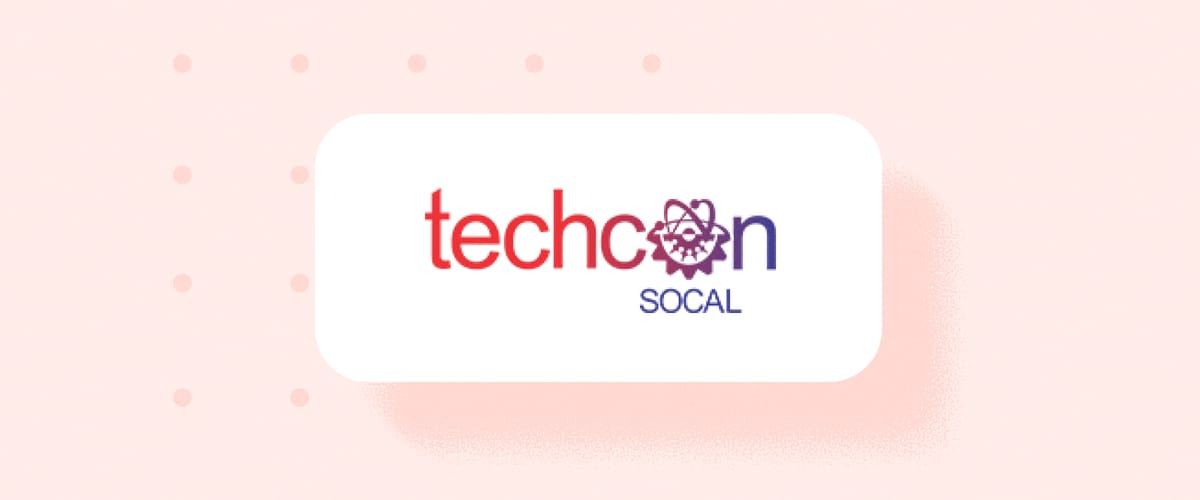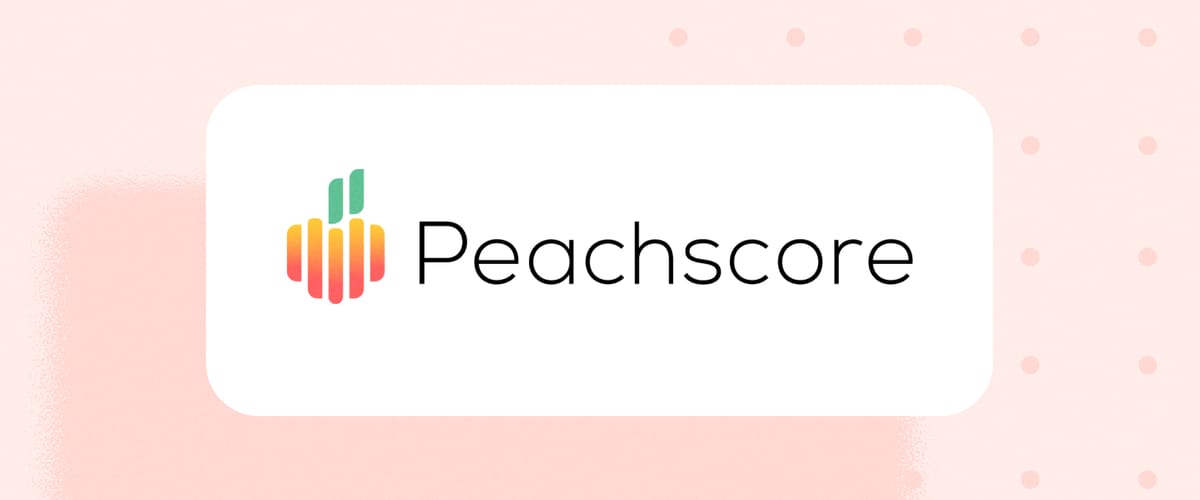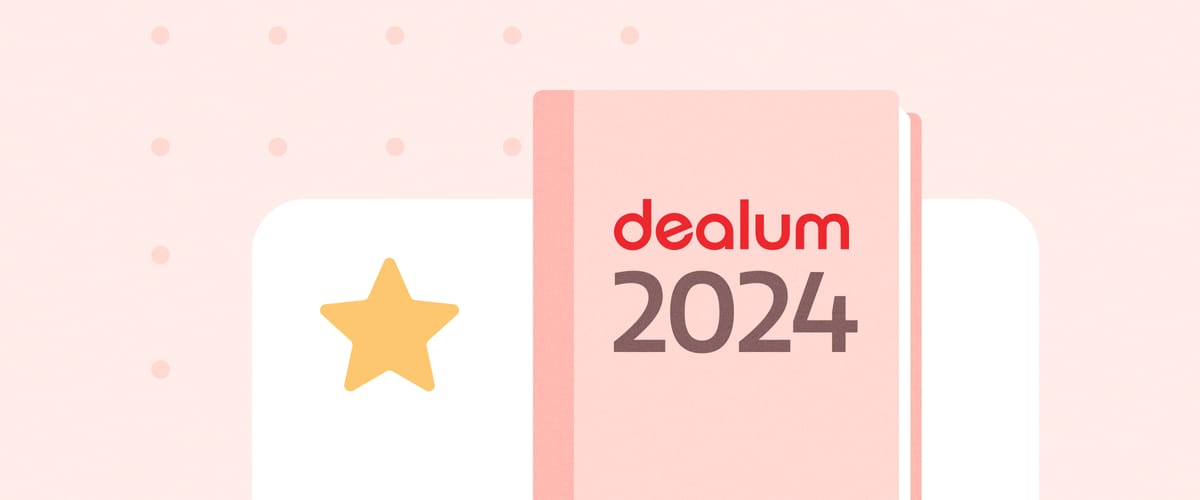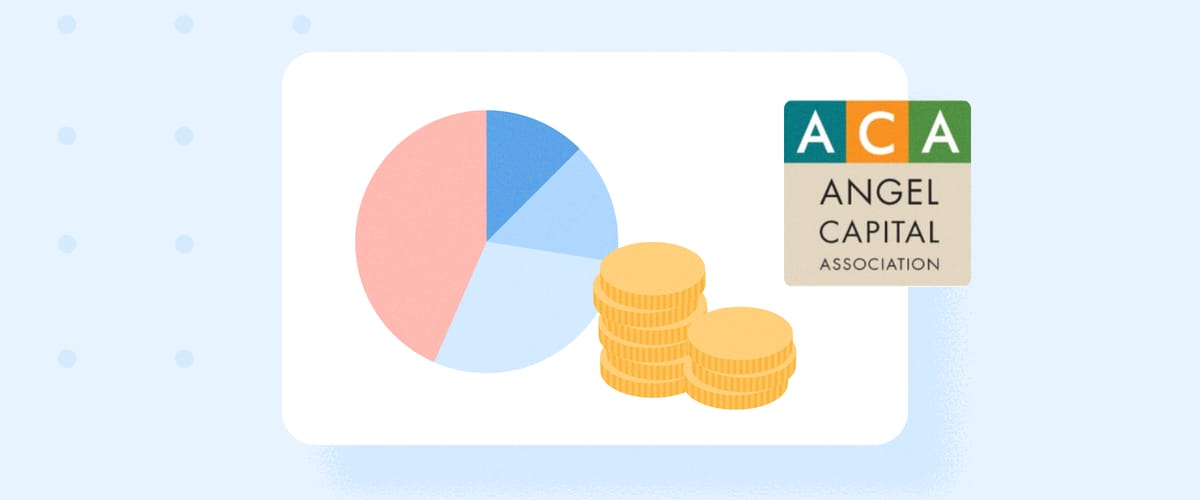Business software and tools have historically been clunky and corporate-y. The higher the complexity of the product, the bigger of a user experience disaster it usually is. The reasons behind the problem are well explained by Usability Geek in their blog post. The shocking amount of usability issues referred to in that post has since decreased, but it’s still nowhere near the standard consumer software experience.
From this perspective, it is no surprise that the majority of prospects we approach are awed by the intuitiveness of the Dealum platform and the positive impact it has on user experience. Don’t take just our word for it - read the testimonials from our clients and decide for yourself. In the words of our long-time user Ryan Heit from Valhalla Angels (Canada): “We're liking the simple, intuitive design; /.../ It's a big step forward from our previous platform.”
The platform business is complicated. SaaS products are usually not customised to a specific organisation but rather need to find a way to seamlessly integrate into the existing processes and ways of working of the customer. Taking all of this into account, a good design is no easy feat (and, truth be told, we are really, really proud about the feedback such as Ryan’s!).
Here is how we do it.
“Our approach is simple,” says Reino, Product Designer at Dealum, “the user must always understand where they are and what they can do there.”
The rule may sound simple, but it takes a lot of effort to produce a user-friendly design. In addition to constantly including customer feedback and analysing the user behaviour to detect the usability issues, we also focus on the proven design principles, such as the oldie but goodie Xerox Star design case.
Task analysis is the starting point where we establish which user we target, what their goals are in performing the task, what information they use in performing it, what information they generate, and what methods they employ.
Next, we create a prototype. Prototyping can be more or less complex, but it allows us to see how the newly developed feature responds to the task at hand. This is especially important for the new functionality and more significant changes to the platform that are either initiated by customers or sprout from our long-term vision. In this stage, we approach long-time strategic partners and users (or, depending on the situation, ask for a fresh perspective from the new customers), and test the prototype with them. Only after validating the solution with customers will it make its way to the developers and, eventually, into a release.
Reino adds: “With every new functionality, we aim to make the code work harder in order for the user to work less.”
Good UI (user interface) performs a maximum amount of work while requiring a minimum amount of information from users. Our deal room users have no clue about the hidden complexity underneath the surface, only admin users can sense it’s there thanks to the vast amount of customisation options for their deal room. If interested in learning more about this subject then check out The 4 Golden Rules of UI Design by Adobe.
Of course, there is no escape from the basic, good housekeeping rules of software, such as making sure we avoid asking users to enter data repeatedly. This is why companies and deal room members on the platform can re-use their profiles when applying to other deal rooms.
We also strive to make our software available for everyone - Dealum can be used with a keyboard and screen readers. Our developers make sure to follow the best accessibility practices whenever possible.
Today we are updating the deal room user interface by moving the menu from the header to the left side. This improvement aligns with our goal of prioritising the core use case on the screen (for example, an investor analysing information provided by the company) without losing too much of the real estate to navigation.
There you go - we believe it IS possible to make an intuitive interface and provide a great user experience for a complex product. It’s absolutely worth the effort, allowing Dealum’s deal flow management tool to stand out from the sea of competitors on a crowded SaaS market. It’s good to see that enterprise software is on its way to becoming more user-friendly and we’re looking forward to the impact it brings in the future.
Learn more about Dealum's story and purpose
We're improving the way business angel networks and investor groups manage their operations and collaborate
Learn more






